
With the Function and the Function Mini BLD, we recently already took a look at two of NZXT’s new peripherals. However, the company has not only introduced new keyboards, but also a mouse at the same time. The Lift named model is supposed to cost 60 euros at launch and is currently available for € 49.99 *. The mouse is available in black and white, whereas the Lift is sold by NZXT itself in both color variants with five additional accent colors (blue, cyan, purple, red, yellow).
In terms of technology, the Lift is said to rely on three extra buttons, RGB lighting, Omron switches and a PixArt PMW3389 as the sensor. Furthermore, the mouse is advertised with a light weight of 67g, without relying on flashy reduction techniques such as cutouts in the case. On the other hand, NZXT does not mention any other features, which means that the Lift offers a fairly standard equipment package. Whether it can still stand out from the competition, and whether the Lift is worth a recommendation, we clarify in the following test.
Technical data
| Dimensions (WxHxD): | 127 x 67 x 38 mm |
| Weight: | 67 g |
| Sensor. | PixArt PMW 3389 |
| Resolution: | up to 16,000 DPI |
| Switch: | Omron, 20 million clicks |
| Mouse buttons: | 6 (2x main buttons, mouse wheel, DPI, forward, back) |
| Lighting: | RGB |
| Variants: | Basic colors: Black, White. Accent colors: black, yellow, cyan, purple, red, blue |

Scope of supply
When it comes to the Lift’s accessories, NZXT shows restraint. The mouse is delivered in a colorfully printed cardboard box, in which, in addition to the mouse itself, there is only a small advertising card. This in turn refers to the digitally provided manual. An additional connection cable is not necessary: The two meter long and sleeved USB cable is permanently mounted to the mouse ex works.
Design & Workmanship
The NZXT Lift relies on a simple, symmetrical case shape, with the only difference between the two sides being the two thumb buttons. These are located on the left side and thus suitable for right-handers. The DPI or profile button, on the other hand, is located on the symmetrical axis – directly behind the mouse wheel.
The case itself does not offer any major special features: NZXT relies on a usual shape with a curved mouse back and no side extensions. If someone had to draw a mouse without a specification, it would probably come pretty close to the Lift. The material used for our model is matte black plastic everywhere, which has an additional coating on the surface.
As already mentioned, the Lift doesn’t always come in black. The mouse is also available in white. In addition, both variants can be influenced by the accent colors available directly from NZXT. These affect the color of the mouse wheel, the buttons, the cable and the lower half of the case.
Away from any color combination, the only decoration visible from above is a manufacturer logo on the back of the mouse that is slightly highlighted in color. There is also a cut-out NZXT logo on the lift next to the permanently installed USB cable, and there are two sections of translucent plastic on the side. Through these, the installed LEDs illuminate the base.
In terms of build quality, NZXT’s Lift does well: despite its light weight, the mouse is very torsion-resistant, and it makes an all-around stable impression. Furthermore, no optical or haptic defects can be found on the device. So there is nothing to criticize here.
Software & Configuration
Like the other products from NZXT, the Swift also relies on the CAM software to configure the device. After a quick installation and the first program start, where a registration is offered but not required, you can directly start with the customization of the mouse. NZXT offers settings for the sensor, the buttons and the illumination in CAM. All data is saved in the mouse’s internal memory, so the mouse can also be used on computers without CAM without any problems.
With regard to the sensor, the Lift offers up to four profiles, which can be assigned a resolution between 100 and 16,000 DPI and a suitable signal color in steps of 100. This is briefly displayed by all of the mouse’s LEDs when a new resolution value is loaded. Furthermore, the sensor’s sampling rate and lift-off distance can be adjusted in two stages. NZXT thus offers the usual package of settings.
The same applies to the settings of the keys and the illumination. In the case of the former, a free assignment with other functions (e.g. multimedia shortcuts, keyboard functions) and also a macro function is available. Due to the few additional keys, however, this should hardly be used most of the time.
The additional key behind the mouse wheel is a special feature in terms of key assignment. It offers a double assignment ex-works, where a short keystroke leads to a change of the resolution level and a long keystroke to a change of the mouse profile. This makes the mouse a bit more flexible in practice.
Lastly, several static and dynamic effects are available for the NZXT Lift’s lighting. These can be overlaid, as already with the Function keyboard. In addition, an adjustment with regard to parameters like the color gradient or speed is also possible. Thus, all requirements should be covered here as well. With regard to the hardware realization, the illumination is also convincing: The illumination is quite even, the LEDs work silently and the indirect illumination of the surface under the mouse looks very appealing.
Practice & Ergonomics
In practice, the Lift can convince. The built-in PixArt sensor works accurately and without delay as usual, and the offered setting leeway should also be sufficient for all common demands. In addition, the switches built into the mouse are successful: Both the main and the additional buttons offer a pleasant pressure point, and the feedback when turning the mouse wheel is also as it should be. It would have been nice to have a longer specified life span for the buttons – keyword 50 or 70 million clicks.
In terms of ergonomics, the Lift does well. The mouse’s case isn’t adapted to a certain grip technique due to special deformations and can thus basically be used in every hand position. This also works very comfortably in practice. Only users with large hands might have problems with the Palm Grip to place all fingers on the lateral case. However, the Claw or Fingertip Grip also work without problems here.
The Lift also performs well in longer use: the surface used by NZXT is pleasant and did not lead to sweaty hands, at least for us. In addition, the device is very smooth-running. Due to the low weight and the very slippery sliding surfaces on the bottom, the mouse can be moved without any significant effort. In practice, comfortable use is therefore possible with the Lift even during longer sessions.
Conclusion
For its starting price of €60 (current: € 49.99 *), the NZXT wants to be a typical, lightweight gaming mouse – and it achieves this objective. You can play and work with the Lift for hours without any problems, it fits comfortably in your hand and both the built-in buttons and the sensor are well implemented. Additional features like the RGB lighting or the low weight, which enables a very smooth operation, are also successful on the Lift.
However, at least at its current price, NZXT’s Lift has a problem standing out from the rest of the market for that. There are a few other mice in the same range that offer identical or even slightly better features, at least on paper – for example, in terms of button life. So while the mouse itself has no real drawbacks, at least the value for money puts a damper on it.
Nevertheless, the Lift can fill a small gap in the market, since it is offered in several different colors. There aren’t too many colored peripherals on the market, so the mouse is still something special with its numerous variations. In addition, the price could also play a secondary role for people with existing NZXT hardware, because by using the NZXT mouse you can continue to use the cross-product CAM software and don’t have to install another tool. At least for some customers, NZXT’s first mouse is therefore already recommendable even at the MSRP. All other interested parties, however, should wait: It could well be that the mouse will become a bit cheaper in the next few weeks and months in stores.
NZXT Lift
Wormanship
Features
Ergonomics
Software
Value for money
88/100
Gaming mouse with solid features, few special features but many color variations.

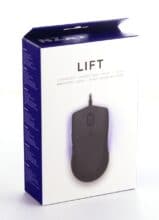
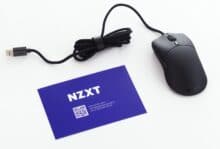
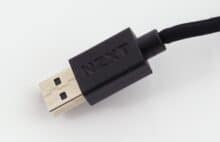

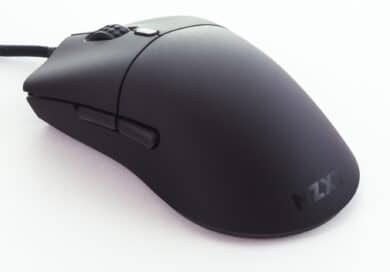
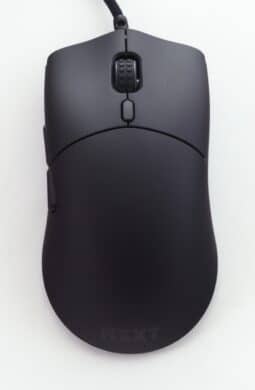
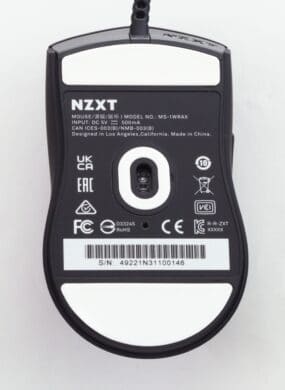

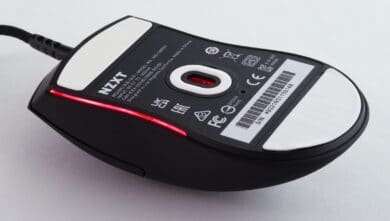
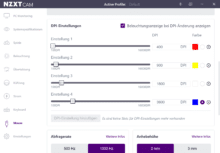


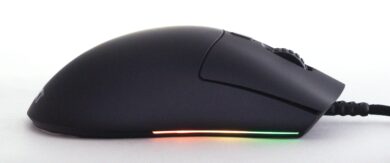
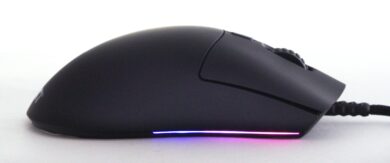
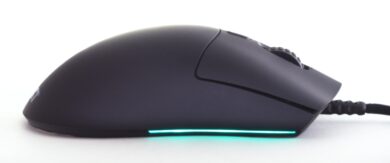
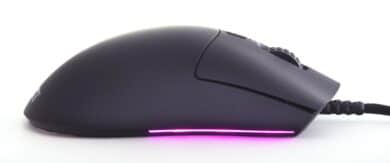
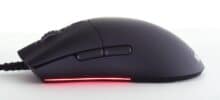

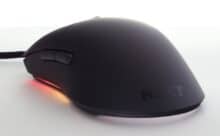

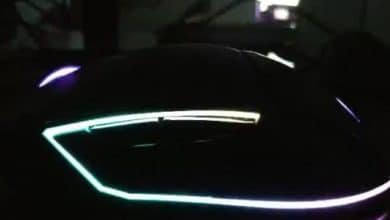
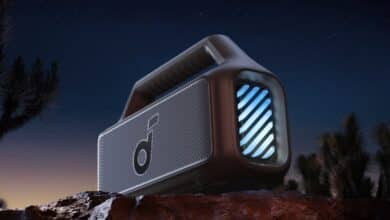
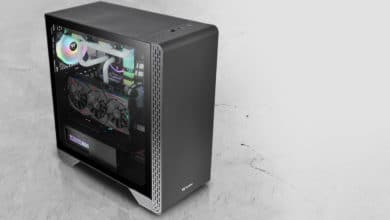
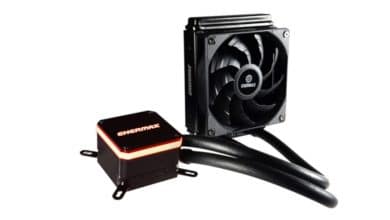
No replies yet
Neue Antworten laden...
Neues Mitglied
Beteilige dich an der Diskussion in der Basic Tutorials Community →